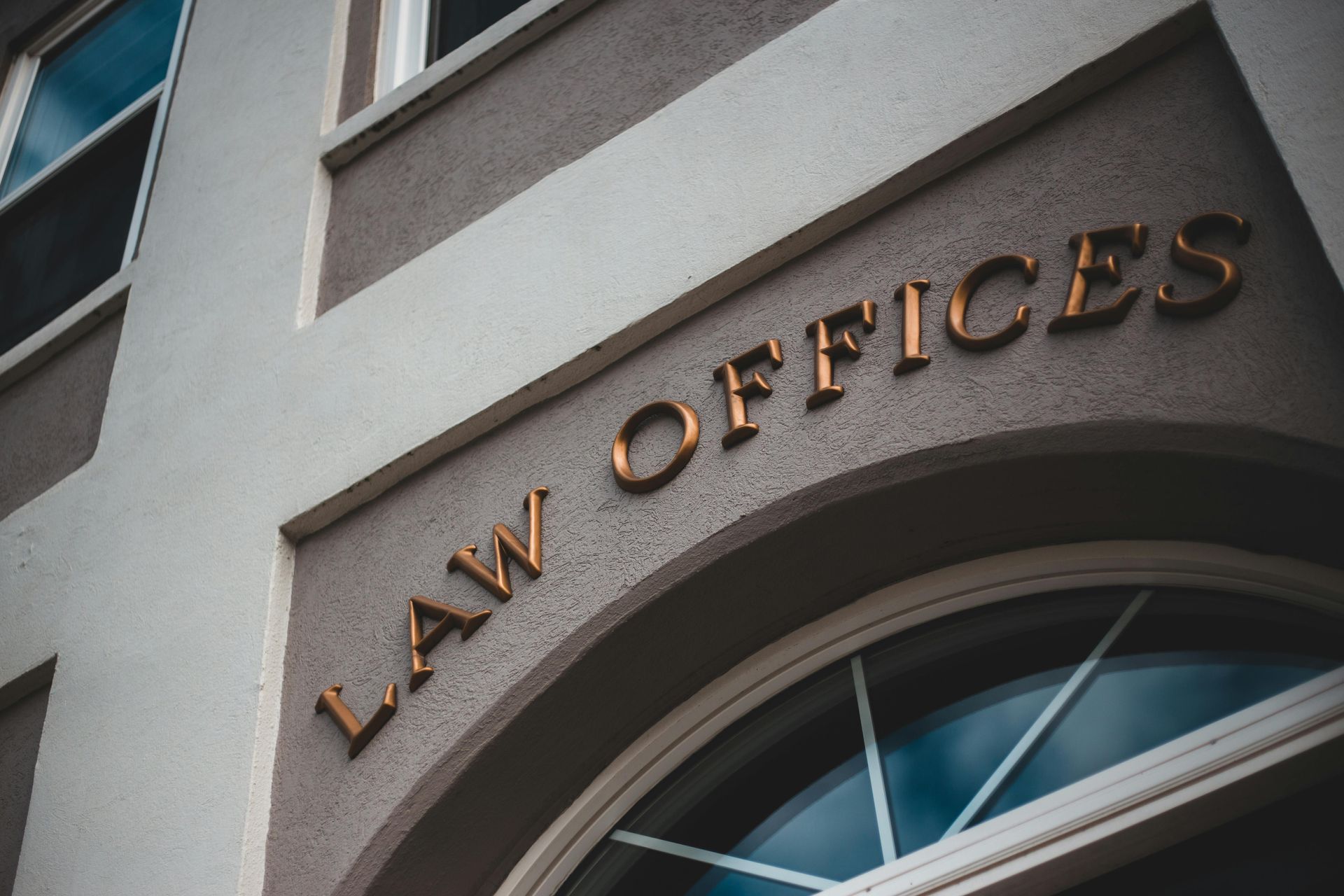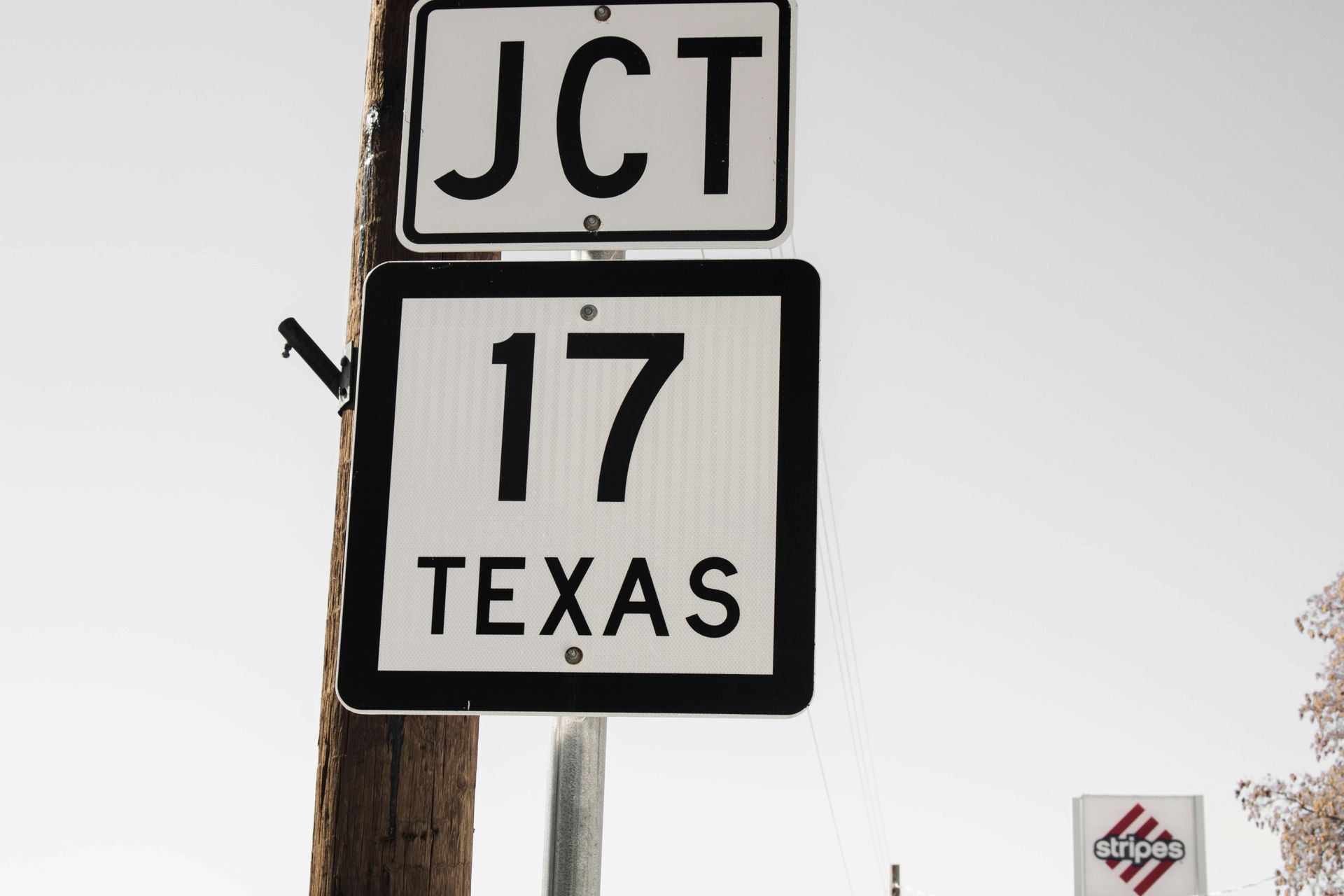Conflicting Marks in Pending Trademark Applications
ATTORNEYS IN DALLAS
Understand the intricate process of prioritizing trademark applications based on effective filing dates to resolve conflicting marks, including the impact of suspended statuses, priority disputes, alternative effective filing dates for foreign applications and intent-to-use applications, and the complexities arising from abandoned applications being later revived or reinstated.
Conflicting Marks in Pending Trademark Applications
When examining trademark applications, Examining Attorneys prioritize applications based on their effective filing dates. If multiple applications contain conflicting marks that could cause a likelihood of confusion, the trademark in the application with the earliest effective filing date will either be published in the Official Gazette for registration on the Principal Register or registered on the Supplemental Register if appropriate. Any conflicting application that is not published or issued will be suspended.
The suspended status remains in effect until the published or issued application is either registered or abandoned. A mark in a conflicting application cannot be refused registration under §2(d) of the Trademark Act until an earlier filed application is registered. Therefore, it remains suspended while waiting to see if registration or abandonment occurs. You can refer to 37 C.F.R §2.83(c), as well as the Trademark Manual of Examining Procedure ("TMEP") §1207.01 and §1208 for more details. In certain cases, there may be multiple conflicting pending applications. If conflicting applications have the same filing date but one application is unsigned, the unsigned application will be treated as having a later execution date. If two conflicting applications have the same filing date and execution date, the application with the lowest serial number will have priority for publication or registration.
Disputes over the effective filing dates of trademark applications are not uncommon, despite the expectation of clear dates. You can find more information on priority disputes on the web pages titled "Priority Determinations in Trademark Law - Constructive Use Priority" and "Priority Determinations in Trademark Law - Foreign Rights." Under §1 or §44 of the Trademark Act, the filing date of an application is the date when the United States Patent & Trademark Office ("USPTO") receives all the mandatory elements of the application according to TMEP §201. In the case of an application under §66(a) of the Trademark Act, the filing date is either the international registration date (if an international application requested extension of protection to the U.S.) or the date the International Bureau ("IB") recorded the subsequent designation. Additionally, when a foreign application is involved, there is another circumstance where an alternative date is considered the effective filing date. If an applicant claims priority under §44(d) of the Trademark Act based on a foreign trademark application, the effective filing date is the date the foreign application was filed.
Regarding intent-to-use trademark applications, if the application is amended to the Supplemental Register, the filing date will be the date the Allegation of Use is filed. It is crucial to be aware of this rule because the USPTO does not modify the original filing date in its database. Consequently, a general practitioner may be misled by the information in the database and potentially provide incorrect information to a client involved in a priority dispute. Therefore, it is essential to thoroughly review the entire file of a conflicting application to determine the effective filing date accurately. If there is a possibility that the mark in the intent-to-use application (the 1(b) application) may need to be amended to the Supplemental Register, the client should be alerted to the risk that the Examining Attorney would conduct a new conflict search after the filing of the Allegation of Use. This new search could yield negative results depending on the time elapsed between the original filing date and the date the Allegation of Use was filed. Additionally, it is important to remember another restriction with 1(b) applications: assignments cannot be made until an Allegation of Use is filed unless the Assignee is a successor to the Assignor's business.
Another complex situation arises when an abandoned trademark application is later revived or reinstated. In this scenario, the Examining Attorney must conduct a new search as well. If a later filed application contains a conflicting mark, the earlier filed application that was previously abandoned and has now been revived will take priority. The later filed application will be placed in suspension status pending the outcome of the earlier filed application. However, if a later filed application for a conflicting mark has already been issued a certificate of registration in the meantime, the revived or reinstated application must be refused based on the ground of likelihood of confusion, even though the revived or reinstated application had an earlier filing date.
Contact an Experienced Trademark Attorney
If you need legal advice regarding your trademark rights, assistance with trademark prosecution, or representation in a domain name dispute, contact Wilson Whitaker Rynell. Our team of trademark lawyers has extensive experience in all aspects of trademark and copyright law, including the filing of trademark applications and representing clients in defense or prosecution before the Trademark Trial and Appeal Board.
Trademark Resources & Services
- Trademark Overview
- Trademark Registration
- Trademark Licensing
- Trademark Infringement
- Trademark Protection
- Trademark Coexistence
- Trademark Guidelines
- Trade Dress Protection
- Trademark Oppositions & Trademark Cancellations
- Cybersquatting
- UDRP Domain Name Proceedings
- Trademark Portfolio Management
Need any help?
Getting in touch is easy. Use the form below and request a free consultation today.
Industry Resources & Services
- Alcohol & Beverage Law
- Blockchain Law
- Cosmetics Product Law
- Crypto-currency Law
- Cyber-security Law
- Digital Marketing
- eCommerce Law
- Energy Law
- Fashion Industry Law
- Health Technology Law
- Oil & Gas Law
- Product Industry Overview
- Professional Services law
- Real Estate Development Law
- Restaurant Services Law
- Retail Business Law
- Software Industry Law
- Sporting Goods Law
- Technology Law
- Video Gaming Industry Law
Trademark Resources
- 66(a) Applications
- Abandoning a Trademark Application or Withdrawing a TTAB Proceeding
- Abandonment and Nonuse
- Abbreviations as Trademarks
- Accelerated Case Resolutions
- Acquired Secondary Trademark Meaning
- Amending Trademark Application
- Assigning a Trademark
- Assigning a Trademark and the Intent to Use Application
- Avoiding Fraud on Trademark Applications
- Avoiding Trademark Litigation
- Basis for Filing a Trademark
- Benefits of Registering a Trademark
- Bona Fide Intent to Use
- Celebrity Trademarks
- Challenging the Relatedness Factor
- Challenging Trademark Rights
- Claims in a Notice of Opposition
- Co-Existence Agreements
- Common Law Trademarks in the Internet Era
- Common Law Use and Priority
- Conflicting Marks
- Consent Agreements
- Constructive Use Priority
- Dates of Use
- Defenses in Opposition and Cancellation Proceedings
- Descriptive or Generic Trademarks
- Design Marks
- Design Trademarks
- Determining Trademark Similarities
- Discovery in TTAB Proceedings
- Dividing a Trademark Application
- Drawing Page
- Electronic Display Specimens for Trademarks
- Evidence in TTAB Proceedings
- Evidence of Acquired Distinctiveness
- Expediting Trademark Cancellation for Nonuse or Abandonment
- Extending Time to Oppose
- Factors of a Likelihood of Confusion Analysis
- False Suggestions of Connection
- Famous Trademarks and Likelihood of Confusion and Dilution
- Filing an Opposition or Cancellation Proceedings
- First Sale Doctrine
- Five Years of Use
- Foreign Trademark Rights
- Generic Trademarks
- Geographic Trademarks
- Hiring Trademark Counsel
- Immoral and Scandalous Trademarks
- Incontestability of U.S. Trademarks
- International Trademark Filings
- Joint Trademark Ownership
- Lawful Use of a Trademark in Commerce
- Likelihood of Confusion Analysis
- Likelihood of Confusion Refusal
- Merely Descriptive Trademarks
Trademark Resources
- Multiple Bases for a Trademark Application
- Overcoming and Ornamentation Trademark Refusal
- Personal Name Trademarks
- Principal and Supplemental Registers
- Protecting Single Creative Works
- Recording Trademark Assignments
- Refusal of a Trademark
- Refusing a Trade Dress Application
- Registering a Certification Trademark
- Registering a Service Mark
- Registering a Trademark That Lacks Inherent Distinctiveness
- Registering an International Trademark
- Relatedness of Goods or Services
- Request for Reconsideration in Trademark Office Action
- Requirements for International Trademark Application
- Revive an Abandoned Trademark Application
- Secondary Meaning
- Source Confusion
- Special Trademark Applications
- Standard Character and Special Format Marks
- Standing in Opposition and Cancellation Proceedings
- State Trademark Registration
- Statement of Use Extensions
- Tacking Doctrine
- Technical Trademark Use
- The Supplemental Register
- Trade Dress
- Trade Dress Application
- Trademark Application
- Trademark Clearance Searches
- Trademark Disclaimers
- Trademark Licensing
- Trademark of Authors, Performing Artists, and Characters
- Trademark Ownership
- Trademark Protection In Texas
- Trademark Settlements
- Trademark Specimens
- Trademark Specimens
- Trademark Use by Related Company
- Trademark Use in Advertising
- Trademark Use in Commerce
- Trademarking a Distinctive Mark
- Trademarking a Hashtag
- Trademarks for Musical Artists
- TTAB Discovery Rules
- TTAB Proceedings
- U.S. Service Mark
- U.S. Trade Dress
- Understanding Trade Channels
- Unitary U.S. Trademark
- Universal Symbols as Trademarks
- Using Secondary Sources
- What is an Ex Parte Appeal?
- Where to Register a Trademark
- Who Must File a Trademark?
CLIENT MATTERS
5,000+
YEARS OF SERVICE
25+
Award Winning
Recognized in the legal industry as dedicated board-certified lawyers and Rising Stars.
Expert Team
Your project will be handled by legal experts every time. You will have the most experienced attorneys working for you.
Quality Representation

Let's talk about your legal issue
Wilson Legal Group P.C.
d/b/a Wilson Whitaker Rynell
(972) 248-8080 (Dallas) MAIN OFFICE
(713) 830-2207 (Houston) Appointment Only
(512) 691-4100 (Austin) Appointment Only
For more information on how we can assist in your intellectual property, commercial litigation, divorce, or other personal needs, let us know how we can help you:
How Can We Help You?
WILSON WHITAKER RYNELL
Thank You for Contacting Us!
Your information has been sent, and we will contact you shorlty...issues.
WILSON WHITAKER RYNELL
Oops, there was an error sending your message.
Please try again later.
Disclaimer:
This form does not establish an attorney-client relationship, and should only be used to contact the firm about scheduling a call or meeting. No confidential or sensitive information should be sent using this form.
We represent clients nationwide, including Dallas, Austin, Houston, and other Texas areas such as Fort Worth, Arlington, Carrollton, Plano, Allen, Lewisville, Flower Mound, Irving, Denton, McKinney, North Richland Hills, and all cities within Dallas County, Tarrant County, Collin County, and Denton County.
OFFICES
ABOUT
CONTACT
BLOG
Wilson Whitaker Rynell
16610 Dallas Parkway, Suite 1000
Dallas, Texas 75248
972-248-8080 (MAIN)
972-248-8088 (FAX)
info@wrrlegal.com (E-MAIL)










